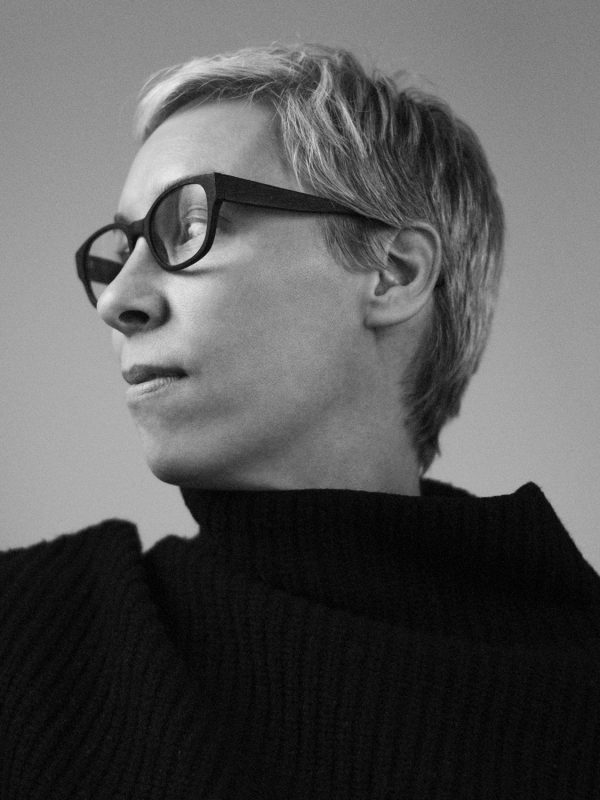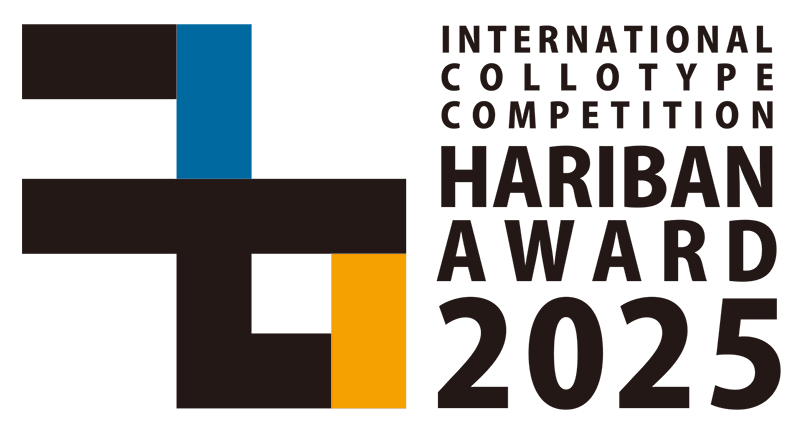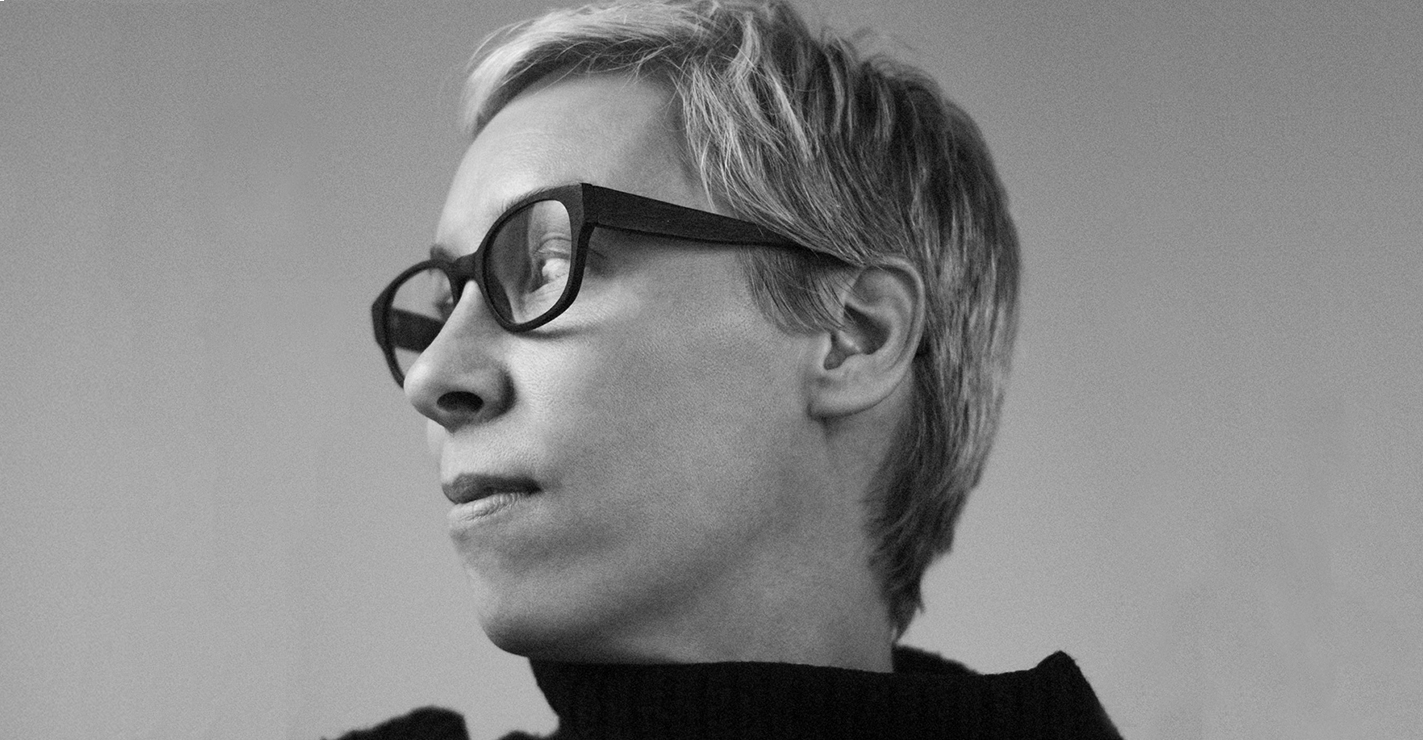Interview with Maude Arsenault
Last year, the Hariban Award changed its programming to find new ways to operate since the start of the Covid 19 Pandemic. Although the ongoing restrictions on travel still put 2020 Grand Prize Winner Maude Arsenault’s physical residency on hold, the production of her prints have begun remotely, along with the planning of her first solo exhibition to be held in Japan as part of this year’s Kyotographie International Photography Festival’s KG+ program.
In this interview, we spoke with Maude Arsenault to ask her to share her inspirations, influences and approach towards her practice, on winning the Hariban Award, and her thoughts on what collaborative efforts mean for both artists and communities today.
Could you tell us a little bit about yourself and what first drew you to photography in your practice? Who/what are your biggest influences?
What first sparked your interest to apply for the Hariban Award?
Could you explain your approach to making work and the central themes you explore?
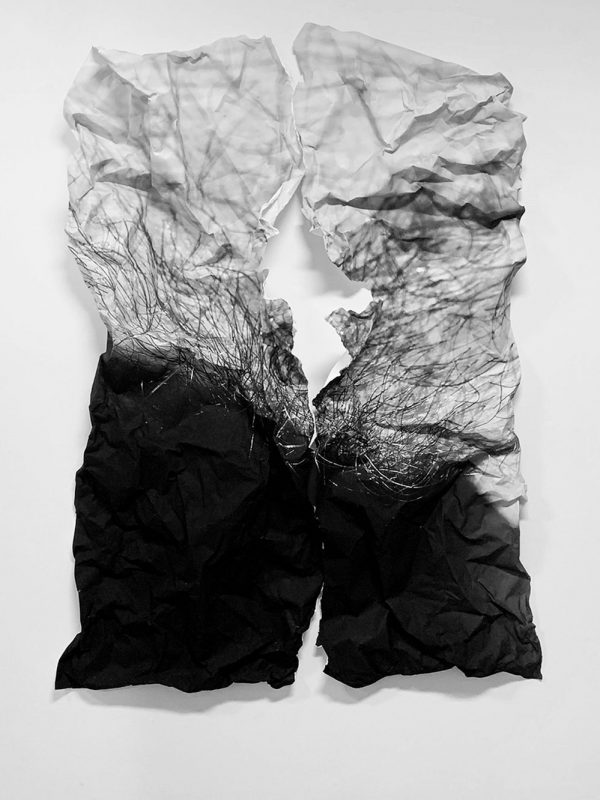
Since the start of the pandemic, there has been a shift with artist residency programs having to move from the physical to the virtual. The Hariban Award along with others have had to rethink the usual programming in order to operate within the current environment. As collaboration is a key element in the Hariban Award, we wanted to ask what do collaborative efforts mean to you? Have your thoughts on collaboration changed since last year? Do you think creativity has no physical bounds?
Winning the Hariban award and finding out I can’t come to Kyoto as planned in December 2020 for the residency has been a disappointment, an important life event for which to mourn. I am excited and very impressed by the organisation of the team at Benrido and I feel lucky that we can still plan the exhibition this way. To receive my prints by DHL that were worked on remotely by Yamamoto-san and sent to me is just awesome…but I wish I could be near him at the academy to learn directly from him, by seeing his hands and amazing craft in action. I believe there are pros and cons to this new way of collaborating, we are lucky to have the technology to do so but I am convinced nothing can replace in-person workshops, training, studio arts, community sharing and the joy of feeling and seeing great art, beautiful prints and photography in person.
Collaboration is key to achieve new goals and projects, I love the sharing and learning experience that happens through partnership but the time spent behind a screen trying to communicate ideas in a less spontaneous form can create a lot of anxiety, it is not my preferred way of collaborating, that’s for sure.
That being said, I am truly excited to have access, in the middle of this pandemic, to such an amazing team as the one at Benrido. I was so touched by the kindness and delicate thoughts when they sent over a 30 min video and tour of the academy introducing me to people working there as well as my work being printed in real-time…just wow!!!
I feel truly privileged to have been awarded this unique grand prize and to work with a wonderful and dedicated team of generous people at Benrido…I look forward to the next steps and I am excited to collaborate in the best accessible ways considering the time we live in!
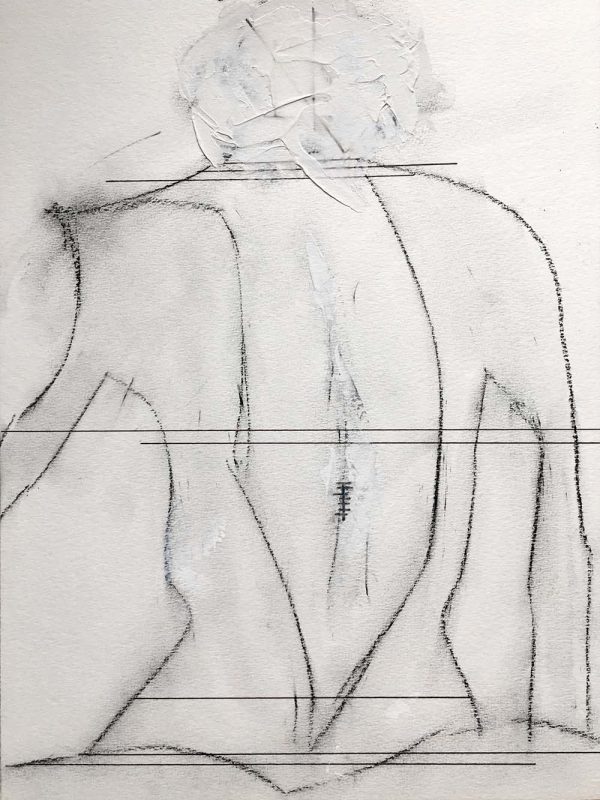
As the production of your works will be made remotely by Master Printer Yamamoto-san what are you most looking forward to during the process? Do you have any aspects of having your works expressed in collotype that you are most looking forward to?
In parallel to the production of your prints, you are also planning your solo exhibition which will be held in September as part of Kyotographie’s associated program KG+. In your practice how important is the exhibition as both a space and event for how audiences experience your work?
Since the pandemic began has there been any changes to the way that you make your artwork? Do you have a renewed sense of your artistic practice since last year?
Lastly, could you share with us a recent experience that has inspired/moved you?
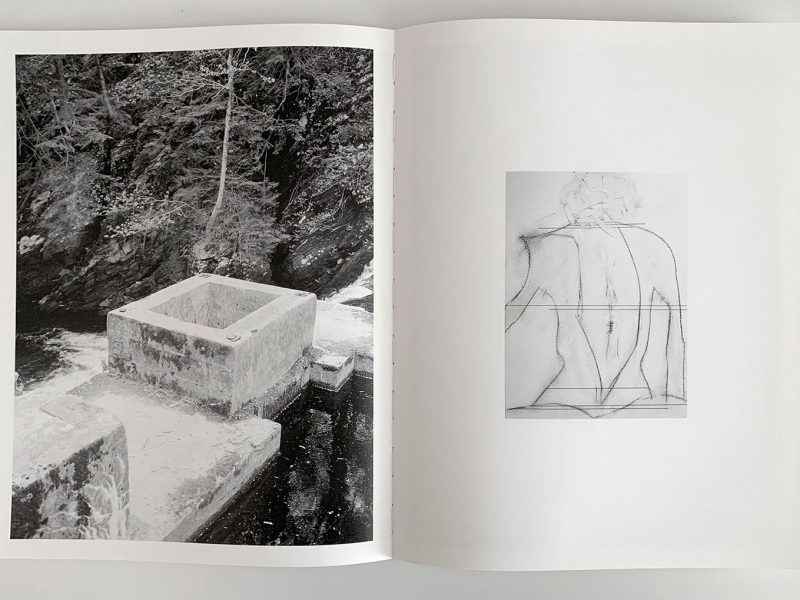
ハリバンアワード2020の最優秀賞を受賞したモード・アルセナーさんに、ロングインタビューを行いました。
新型コロナウィルス感染症の蔓延に伴い、例年行っている京都でのレジデンスはいまだに叶っていませんが、それでもリモートで京都の様子を伝え、作品を制作し、2021年の秋開催を目指している個展の準備を進めています。
秋の展覧会にはモードさんが京都に来られることを期待して…!
私たちがモードさんにお伺いしたかったこと、そして、私たちの期待を超えて熟考され、鋭くも優しく語りかける彼女の返答を、是非お読み下さい!
ご自身のことを少しばかり教えていただけますか。最初に写真を撮ることに惹かれたきっかけや、一番影響は受けた人物、出来事を教えてください。
モード・アルセナー: 子どもの頃、私はいつも人々、特に女性をよく観察して、彼女たちの人生の物語を想像していました。最初に写真を教えてくれた叔母から、10代の頃にペンタックスK1000をプレゼントされたことで、レンズの向こうにある世界を作りあげることが自分にとって喜びとなっていきました。私は自分の周りの人々や、ある特定の場所を見つめるという私のこだわりを視覚化するために、最適なツールを見つけたというわけです。そして22歳の頃には、ほとんど無意識の内にファッション写真の世界に夢中になりました。独学でしたが、私はすぐにその業界でプロとなり、その後何年も、そのスピード感や要求の高さに答え続けました。しかし、フェミニストとして育ち、そして30歳で母親となり娘を持ったころから、私は、マス・メディアや支配的な構造がうろこ状に築き上げたモデルを使った女性描写の、視覚的そして文化的な規則めいたものに対し、私自身の関わり方と責任について疑問を抱くようになりました。ファッション業界で数年過ごした後の2015年、3人の母親となったタイミングで、私は写真をとおして自分を表現する本当の方法を探すために、視覚芸術の分野に進むことにしました。美術史の勉強を終えたのち、今はモントリオールのケベック大学で視覚芸術とメディア芸術の修士課程に在籍中です。影響を受けた作家は、カルメン・ウィナント、ヴォルフガング・ティルマンス、フリーダ・オルパド、フランチェスカ・ウッドマン、モナ・クーンが挙げられます。彼らの作品からとても深い刺激を受けました。
ハリバンアワードに応募したきっかけは何ですか?
仕事をする時のあなたのアプローチ方法と、探求する核となるテーマについて教えてください。

パンデミックが起こってから、アーティスト・イン・レジデンスのプログラムは、現実のものからバーチャルなものへと移行せざるをえないという変化がありました。ハリバンアワードも同様に、今の環境下で、こでまでのやり方を再考する必要がありました。この賞は、コラボレーションが重要な要素なのですが、今回の取り組みはあなたにとってどのような意味があったのでしょうか。昨年以来、コラボレーションに対する考え方に変化はありましたか?また、何かを生み出す創造性において、物理的制約はないと思いますか?
モード・アルセナー: これは込み入っていて答えにくい質問ですね!私は在宅勤務に関して良い面と悪い面を感じています。アートのコミュニティにいる人たちとの繋がりが必要だと感じて修士号に進学しました。でも、スタジオで一人作業していると、人里から離れ、孤独で、ふとたじろいだりすることがあります。私はアイデアを共有する必要性、そして愛を持ってそのアイディアについて一緒に考えること、そして他のアーティストや美術関係者との対話を心から必要としていました。しかし、修士課程が9ヶ月ほど過ぎた頃、共有のスタジオスペースやワークショップ、セミナーをとおしてコミュニティでの素晴らしい時間を過ごした後になって、スタジオでの孤独な生活や、ひどい場合にはZOOMを使ったフルタイムの学会に出席するような生活に引き戻されました。突然、すべてのスタジオプロジェクトやレジデンス、写真集のプロモーション、旅行に加えて、2020年に予定していた展示企画のすべてが白紙になり、私の日々は完全にオンラインになってしまいました。
ハリバンアワードの最優秀賞を受賞し、2020年12月に予定通り京都に行けないことがはっきりとしたときはとても残念で、悲しい出来事でした。でも、便利堂のスタッフの対応に感銘を受け、そしてこのようなやり方で展覧会を計画できることは幸運だと感じています。リモートの状態で山本さんが作業を進め、DHLでプリントを受け取ったことは素晴らしかったですが… やはり、アカデミーで近くにいながら、実際の手作業や素晴らしい技術を見て直接学ぶことができたらどれほど良かっただろうと思いました。このような新しいコラボレーションの方法には長所と短所があると思いますが、そのためにテクノロジーがあったは幸運なことです。それでも、ワークショップやトレーニング、スタジオアート、コミュニティで共有すること、そして素晴らしい美術、美しいプリントや写真を直接感じて見ることの喜びに取って代わるものはないと私は確信しています。
コラボレーションは、新しい目標やプロジェクトを達成するための鍵で、私はパートナーシップをとおして交わされる共有と学びの体験が大好きです。でも、画面の片側で多くの時間を費やし、自発性を欠いた状態でアイデアを伝えようとすると、多くの心配の種を生み出す可能性があり、それは私の望むコラボレーションの方法ではありません。それは確かなことです。そうは言っても、このパンデミックの最中にあって、便利堂の素晴らしいチームと関われたことは本当に嬉しく感じています。アカデミーや工房を紹介する30分以上のビデオツアーをとおして、そこで働く人たちを紹介してもらい、私の作品がリアルタイムで印刷されているのを見たとき…私はその優しさと気遣いにとても感動しました。実にすばらしいことです!!!
このユニークな賞を受賞し、便利堂の思いやりのある素晴らしいスタッフと一緒に仕事ができることを光栄に感じます…時差のある環境を考慮し、一番やり良い方法で次のステップに進んでコラボレーションができることを楽しみにしています!
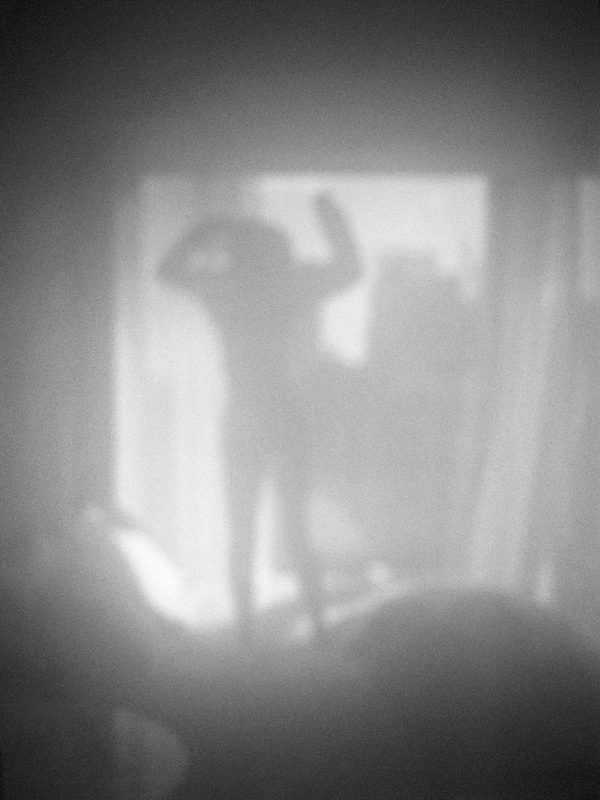
マスタープリンター山本さんがリモートで行う作品制作のプロセスで一番楽しみにしていることは何ですか? また、作品をコロタイプで表現することについて、楽しみにしていることはありますか?
モード・アルセナー: 山本さんからの最初のテストプリントを受け取り、とても興奮しました!紙を手に取りその感触を確かめ、そのさまざまな白の色合いや、インクの質感とディテールをじっくりと眺め、コロタイプのプロセスによって自分の作品が再発見できたことも驚きでした。というのも、コロタイプは私がまだ想像すらしていなかった驚くべき豊かさと雰囲気のある質感を私の作品にもたらしてくれました。
次の段階でさまざまなテストプリントが見れることを本当に楽しみにしています。コロタイプの古典的で伝統的な精神を私の作品に取り入れることに合わせて、私がアイデンティティとする現代的アイディアの両者を妥協せずに取り込むことが大事だと考えています。過去から学ぶことを楽しみにしていますし、コロタイプのアプローチが驚くべき体験の機会と、作品へのまた違った新しい刺激的な展望を与えてくれることを信じています。
コロタイププリントの制作と並行して、9月に予定されている京都国際写真際KYOTOGRAPHIEのアソシエイトプログラムKG+に参加し、個展を開催する予定です。モードさんの実践の中で、展示の空間と企画の両方を鑑賞者がいかに体験するかということは、どのように重要ですか?
モード・アルセナー: 本や展示空間で作品を見せることは、私にとってとても大切なことです。私の作品は、物質や身体、彫刻的な形や空間性について表現していて、モノ(例えば本のような)をとおして、または身体的態度をとおして直接感じ、体験し、体感される必要があります。作品では主に、特定の場所や家、精神的・身体的構造といったものが、どのように私たちの自己認識や、自己形成に影響を与えているのかということに焦点をあてています。「Space Figure」は私の作品に内在する性質であり、どういうわけか、どこにも見いだせない場合は、それが欠けた要素となるわけです。

パンデミック状態になってから、作品の作り方に変化はありましたか?また、昨年以降、作家として何か新たな感覚はありますか?
モード・アルセナー: パンデミックによって私自身、そして私生活や癖、信仰のある人との関係や家族、世界における私の場所も変化しました。それによって、私はもっと隙だらけで、もっと孤立していて、もっと繋がっていて、呆然とすることの減った状態におかれ、私の習慣が変えられてしまったのです。またさらには、普段私が使っている機材が使用できない状況になって、また旅をすることからも、写真を撮りたい人からも、強制的に距離をもって働かざるを得なくなりました。スタジオの中で、たくさんのテキストを書き、ドローイングやさまざまな細工を自分の作品の中に取り込み制作をしました。私の写真作品はだんだんと他者についてのものではなく、一人の女性として、母として、そして作家として、もっと私自身の一身上の空間をめぐるものになりました。作品はもっと私自身が映し出され、重複的で、明確な形をもち、それでいていくつかの部分でより具体的に表現されるように発展しました。
最後に、最近インスピレーションを受けたり、感動した体験を教えて下さい。読んだ本や展覧会、ラジオで聞いた歌、食事等、なんでも良いです。
モード・アルセナー: 最近、作品を作る過程での作家自身について記載された一冊のアートブック(カタログ形式の展覧会)「Creating ourselves ; the self in art (自己を創造する;作品の中の自己)」(出版:Whitechapel Art Galley 編纂:Emily Butler、 Candy Stobbs)を見つけました。この本は、私の現在の仕事にとてもインスピレーションを与えるもので、そこに掲載された作品群やテキスト、そしてアメリア・ジョーンズの「Bumped bodies(でこぼこの身体)」という、母性、妊娠、そして別の存在を生み出すために妥協を感じ、また遠ざけられる器としての女性の身体について描かれたエッセイに、深く感銘を受けました。
